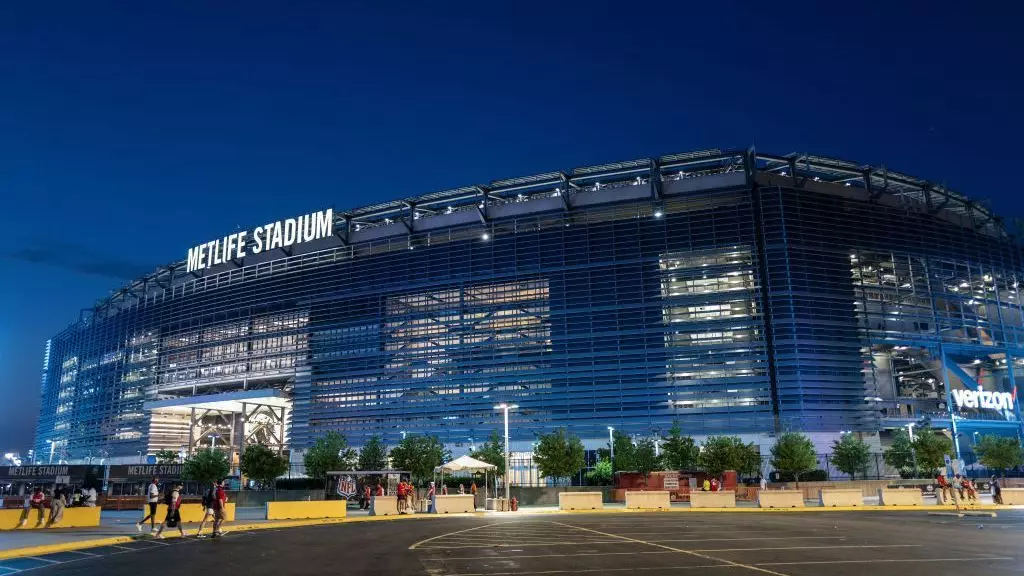The 2026 World Cup final will mark a historic moment for soccer fans when it is held at MetLife Stadium in East Rutherford, New Jersey, on July 19th. This announcement made by world soccer governing body FIFA has sparked excitement and anticipation among fans worldwide. The United States men’s national team will kick off their journey in Los Angeles at SoFi Stadium on June 12th, setting the stage for what promises to be an unforgettable tournament. With the Americans playing all of their group-stage matches on the West Coast, from Los Angeles to Seattle and back, a sense of pride and enthusiasm surrounds the team’s preparation for the event.
The opening match of the 2026 World Cup will take place in Mexico City, with Mexico hosting a yet-to-be determined opponent in its group. This will be Mexico’s third time hosting World Cup matches, following its roles as host country in 1970 and 1986. Canada will also make history by hosting its first men’s World Cup match on June 12th in Toronto, followed by games in Vancouver. The tournament will be spread across three countries – the U.S., Mexico, and Canada – and will provide a platform for players to showcase their talent on an international stage.
FIFA has taken several steps to ensure that the 2026 World Cup is a success by consulting with various stakeholders, including experts in competition management, team services, ticketing, and medical fields. The tournament’s schedule will span across four time zones, presenting challenges regarding player recovery and fan engagement. To address this, FIFA has divided the venues into three regions – east, central, and west – allowing teams to operate out of a base camp in close proximity to their games. The goal is to provide players with adequate rest between matches and offer fans an optimal viewing experience.
In an effort to reduce travel requirements for competing teams, stadiums will be assigned to groups rather than individual fixtures. This approach aims to streamline logistics and minimize the impact of extensive travel on player performance. Additionally, FIFA will prioritize teams that finish at the top of their groups, offering them more favorable travel arrangements compared to second and third-place finishers. Weather conditions will also play a crucial role in determining game times, with considerations for heat and humidity readings in each venue city.
The 2026 World Cup will feature 48 teams for the first time in history, reflecting FIFA’s commitment to inclusivity and global representation. With 46 teams advancing through various qualification processes across six confederations, the tournament will showcase talent from diverse regions. UEFA (Europe), CAF (Africa), AFC (Asia), CONMEBOL (South America), Concacaf (North and Central America, plus the Caribbean), and Oceania will each have representation, with additional countries earning spots through a playoff. This expanded field signifies a new era for the World Cup, offering opportunities for emerging talents and established stars to shine on the world stage.
The 2026 World Cup promises to be a transformative event for North America, with new host cities, strategic planning, and an expanded field of competitors contributing to its success. As soccer fans worldwide eagerly await the tournament, the stage is set for an unforgettable celebration of the beautiful game.

Leave a Reply